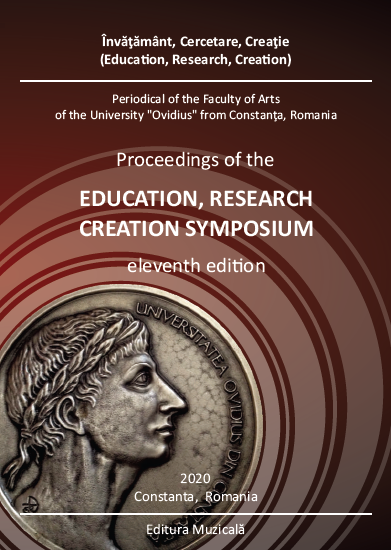German expressionist dance, a fundamental current to the birth and development of modern dance
German expressionist dance, a fundamental current to the birth and development of modern dance
Author(s): Geta-Violeta RăvdanSubject(s): Fine Arts / Performing Arts
Published by: Editura Muzicală
Keywords: theatrical dance; movement choir; expression dance; Nazism; modern danc; dance-theatre;
Summary/Abstract: Through an expressive movement technique, German expressionist dance draws attention to the connection between body and soul. It is a strong means of expression of one’s own emotions and of the human body. Rudolf Laban and Mary Wigman, the main representatives of this current, will not focus on the technical abilities of the dancer, but they will be the rebel thinkers of their era and of the environment where they study and explore possibilities of artistic expression. They will make dance more accessible, including to large communities of amateurs. While Nazism was emerging in Germany, stopping the expressionist creative momentum, students of the two choreographers will propagate the ideas of expressionism in America through modern dance works, starting with the 1920’s – 1930’s.
Journal: Învăţământ, Cercetare, Creaţie
- Issue Year: VI/2020
- Issue No: 1
- Page Range: 275-286
- Page Count: 12
- Language: English

